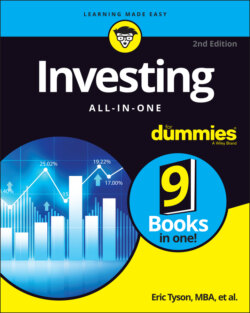Читать книгу Investing All-in-One For Dummies - Eric Tyson - Страница 101
Knowing the Impact of Investing for College Costs
ОглавлениеMany well-intentioned parents want to save for their children’s future educational expenses. The mistake that they often make, however, is putting money in accounts in the child’s name (in so-called custodial accounts) or saving outside retirement accounts in general. The more money you accumulate outside tax-sheltered retirement accounts, the more you will generally end up paying for college costs.
Under the current financial needs analysis used by most colleges and universities in awarding “financial aid” (that is, how much of their very high sticker price they will charge you), the value of your retirement plan is not considered to be an asset. Money that you save outside retirement accounts, including money in the child’s name, is counted as an asset and reduces eligibility for financial aid.
Also, be aware that your family’s assets, for purposes of financial aid determination, generally include equity in real estate and businesses you own. Although the federal financial aid analysis no longer counts equity in your home as an asset, many private (independent) schools continue to ask parents for this information when they make their own financial aid determinations. Thus, paying down your home mortgage more quickly instead of funding retirement accounts can harm you financially. You may end up paying more for college costs and pay more in taxes.
Make it a priority to contribute to your retirement savings plan(s). If you instead save money in a nonretirement account for your children’s college expenses, you will pay higher taxes both on your current income and on the interest and growth of this money. In addition to paying higher taxes, you’ll be expected to pay a higher price for your child’s educational expenses.
